Intro
Discover 5 crucial breech birth facts, including causes, types, and delivery options, to understand this complex pregnancy condition and its implications on maternal health, fetal development, and childbirth procedures.
Breech birth is a topic of significant interest and concern for expectant mothers and medical professionals alike. The term "breech" refers to a position where the baby's feet or buttocks are positioned to be born first, rather than the head. This can occur in about 3-4% of pregnancies at term, and it's crucial for pregnant women to understand the implications and management options available. As we delve into the world of breech birth, it becomes clear that there's more to it than just the baby's position. The journey to a safe delivery involves understanding the risks, benefits, and various approaches to managing breech presentations.
The importance of discussing breech birth lies in its potential complications and the need for informed decision-making. Pregnant women have the right to be aware of their options, the risks associated with each, and the recommendations of healthcare providers. By exploring the different facets of breech birth, including its causes, types, and management strategies, expectant mothers can better navigate their pregnancy and make choices that align with their health goals and preferences. Moreover, understanding breech birth can empower women to take an active role in their prenatal care, ask pertinent questions, and seek a second opinion when necessary.
As we explore the realm of breech birth, it's essential to recognize the emotional and psychological aspects that come into play. The news of a breech presentation can be unsettling for some women, leading to concerns about the safety of their baby and the potential need for interventions. However, with the right information, support, and care, many women can navigate a breech pregnancy successfully. The goal is to ensure a safe and healthy outcome for both mother and baby, and this can be achieved through a combination of medical expertise, personal advocacy, and a deep understanding of the breech birth phenomenon.
Breech Birth Types and Causes
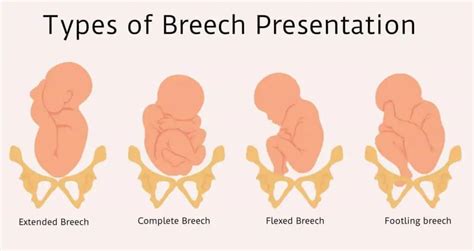
Factors Influencing Breech Presentation
Several factors can influence the likelihood of a breech presentation. These include: - Previous breech pregnancy - Multiple pregnancy (twins, triplets, etc.) - Placenta previa - Uterine anomalies - Fetal anomalies - Low-lying placenta - Polyhydramnios (excessive amniotic fluid) Understanding these factors can help healthcare providers identify women at higher risk of breech presentation and offer appropriate management and monitoring.Breech Birth Management Options
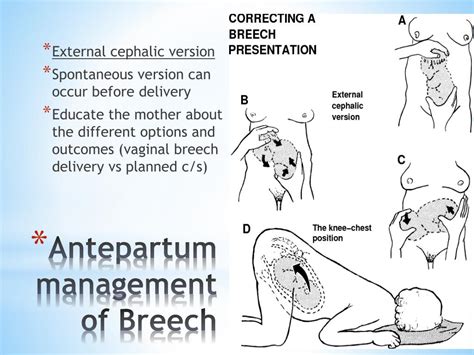
Vaginal Breech Delivery
Vaginal breech delivery is a complex process that requires careful assessment and monitoring. The decision to attempt a vaginal breech delivery is typically made on a case-by-case basis, considering factors such as the mother's overall health, the baby's size and position, and the availability of experienced healthcare providers. Women who are considering a vaginal breech delivery should discuss the potential benefits and risks with their healthcare provider and ensure that they are in a hospital with the necessary facilities and expertise.External Cephalic Version (ECV)
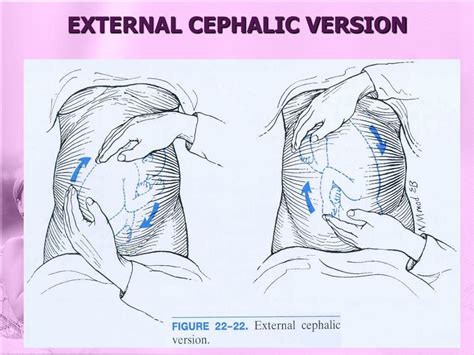
Preparation for ECV
Before undergoing ECV, women should: - Be at least 37 weeks pregnant - Have a normal fetal heart rate - Not have any uterine scars or anomalies - Not have any signs of labor - Have a sufficient amount of amniotic fluid It's also essential to discuss the procedure, its potential risks, and the likelihood of success with a healthcare provider.Cesarean Section for Breech Birth
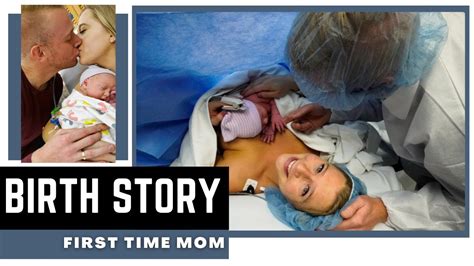
Benefits and Risks of Cesarean Section
The benefits of cesarean section for breech birth include: - Reduced risk of fetal distress and umbilical cord prolapse - Lower risk of birth trauma - Ability to deliver the baby quickly if complications arise However, cesarean section also carries risks, including: - Increased risk of infection and bleeding for the mother - Potential respiratory problems for the baby - Longer recovery time for the motherSupport and Resources for Breech Pregnancy
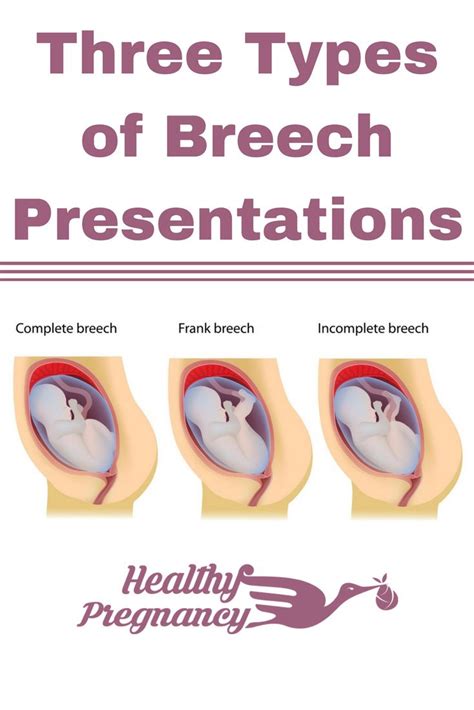
Empowering Women with Breech Pregnancies
Empowering women with breech pregnancies involves providing them with accurate and unbiased information, supporting their autonomy in decision-making, and ensuring they have access to the necessary resources and care. By fostering a collaborative and supportive environment, healthcare providers can help women navigate the complexities of breech pregnancy and make choices that align with their values and preferences.What are the risks associated with breech birth?
+The risks associated with breech birth include umbilical cord prolapse, fetal distress, and birth trauma. However, these risks can be mitigated with proper management and care.
Can I still have a vaginal delivery if my baby is breech?
+Yes, vaginal delivery is possible for some breech presentations, but it depends on various factors, including the type of breech, the baby's size, and the mother's overall health. The decision should be made in consultation with a healthcare provider.
What is external cephalic version (ECV), and how does it work?
+External cephalic version (ECV) is a procedure where a healthcare provider attempts to manually turn the baby from a breech position to a head-down position. It's typically performed after 37 weeks of gestation and can be successful in about 50% of cases.
As we conclude our exploration of breech birth, it's clear that this topic is complex and multifaceted. By understanding the different types of breech presentations, the management options available, and the resources that can provide support, women can navigate their pregnancy with confidence and make informed decisions about their care. We invite readers to share their experiences, ask questions, and seek guidance from healthcare professionals to ensure the best possible outcomes for both mother and baby. Whether you're an expectant mother, a healthcare provider, or simply someone interested in learning more about breech birth, we hope this article has provided valuable insights and information to support your journey.
